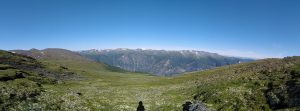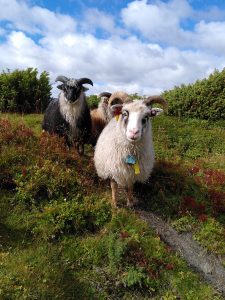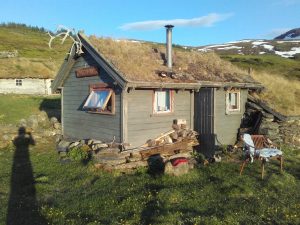Project description
 We transplanted vegetation turfs to lower altitude to study their adaptation to a warmer and longer growing season. Additionnally, we also have different levels of grazing intensity to evaluate how is grazing impacting the carbon storage of the ecosystem, both for transplanted and unmoved plots.
We transplanted vegetation turfs to lower altitude to study their adaptation to a warmer and longer growing season. Additionnally, we also have different levels of grazing intensity to evaluate how is grazing impacting the carbon storage of the ecosystem, both for transplanted and unmoved plots.
To do so, we measure carbon fluxes with a CO2 ecosystem chamber, we set up root growth cores (to measure the growth of roots) and tea-bags (which is a common and easy method to evaluate decomposition rate).
The project involves: fieldwork
The three tasks we will conduct will be: measuring carbon flux, taking out the root growth cores, and digging out the tea bags.
Measuring carbon fluxes means moving the chamber around and managing the gas analyzer. The two other tasks involve digging and sorting what we find (it sometimes look like kindergarten but it is serious work, trust me).
Starting date/period:
- Trip #1: September 6-10th 2021
- Trip #2: September 20-24th 2021
You will get a taste of pure fieldwork in the alpine. We sleep in a remote location with little comfort, and we work outside the whole time. If you are thinking of orienting your studies towards field based science, this is an excellent introduction.
PLUS: the three methods described are very common in terrestrial ecology. By getting a taste of them you are getting a step ahead.
Disclaimer: we hike 1-2h a day with full backpacks.
Involvement
40 hours
Interested in this project? Need more info? Joseph Gaudard (joseph.gaudard@uib.no)
Project number: 039



